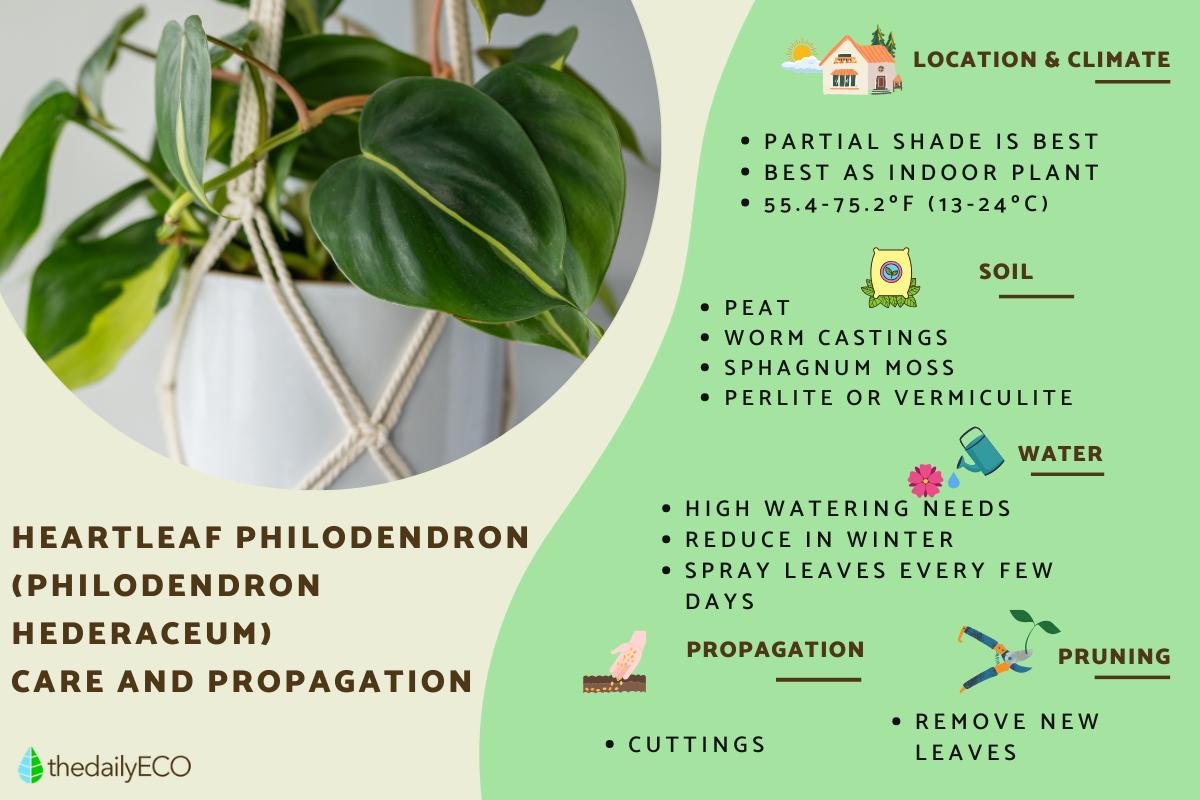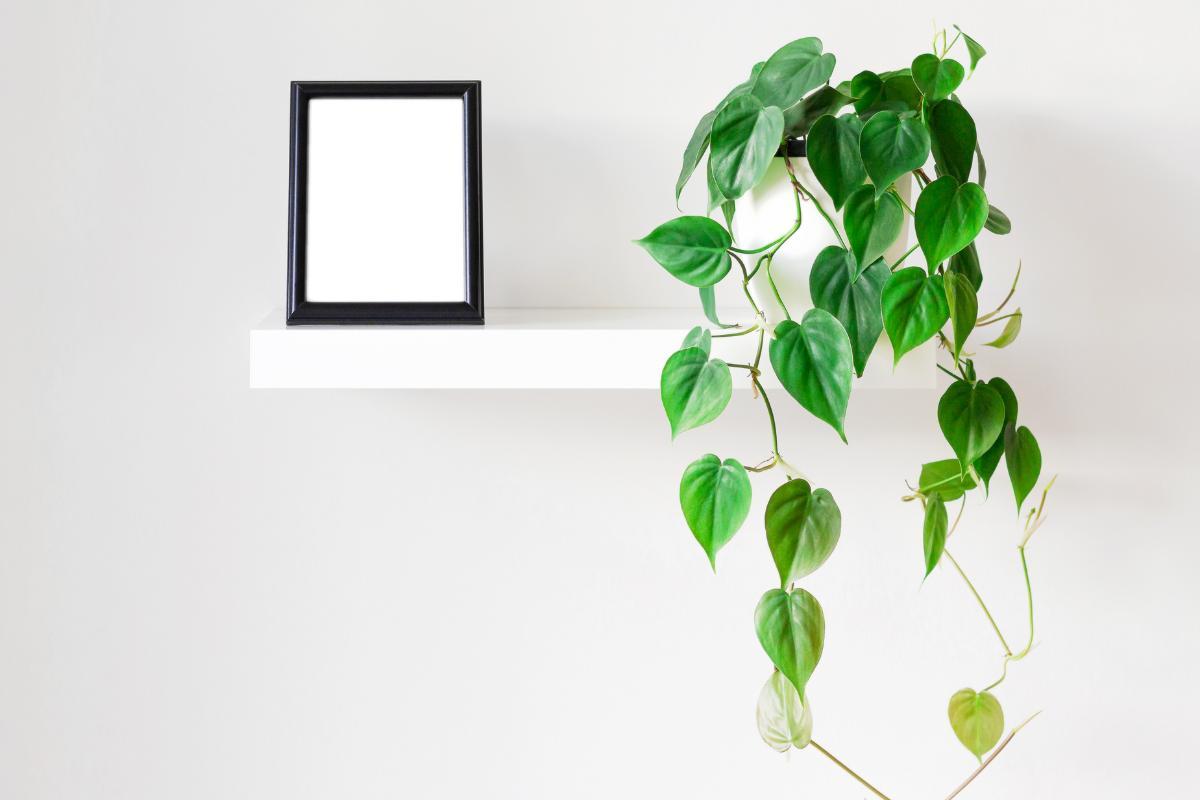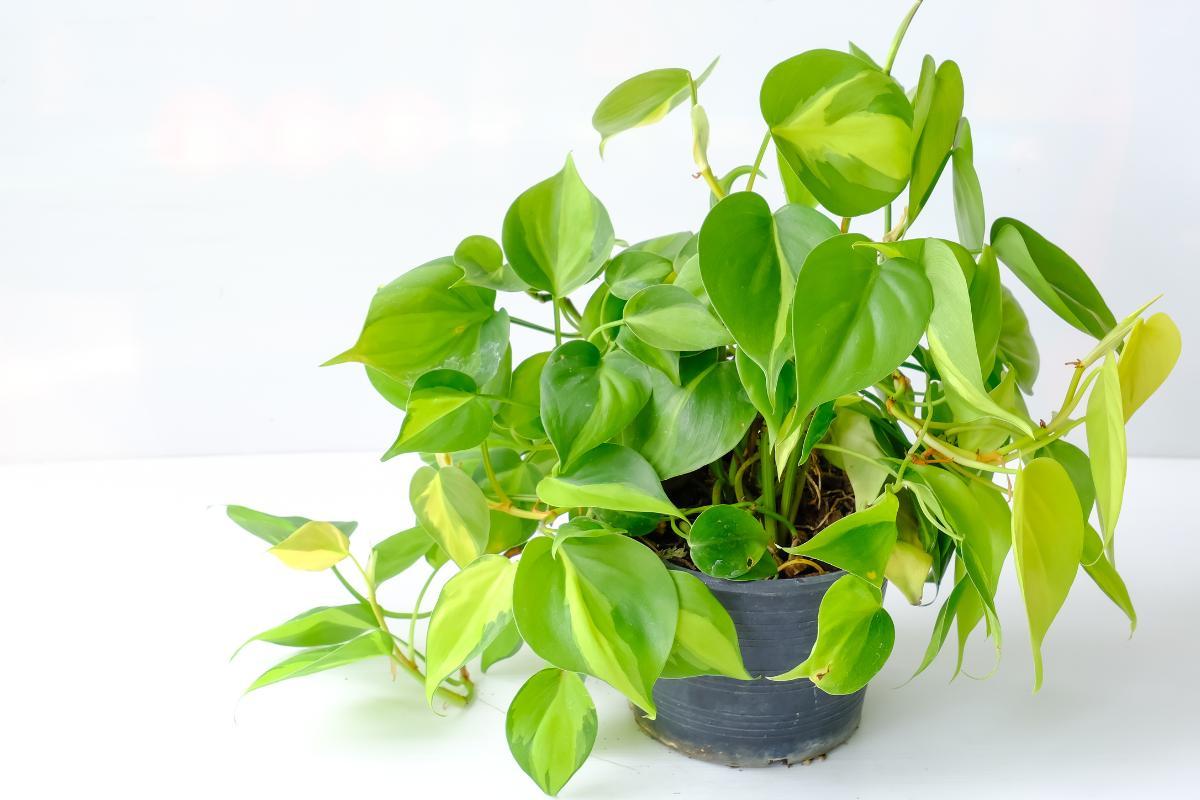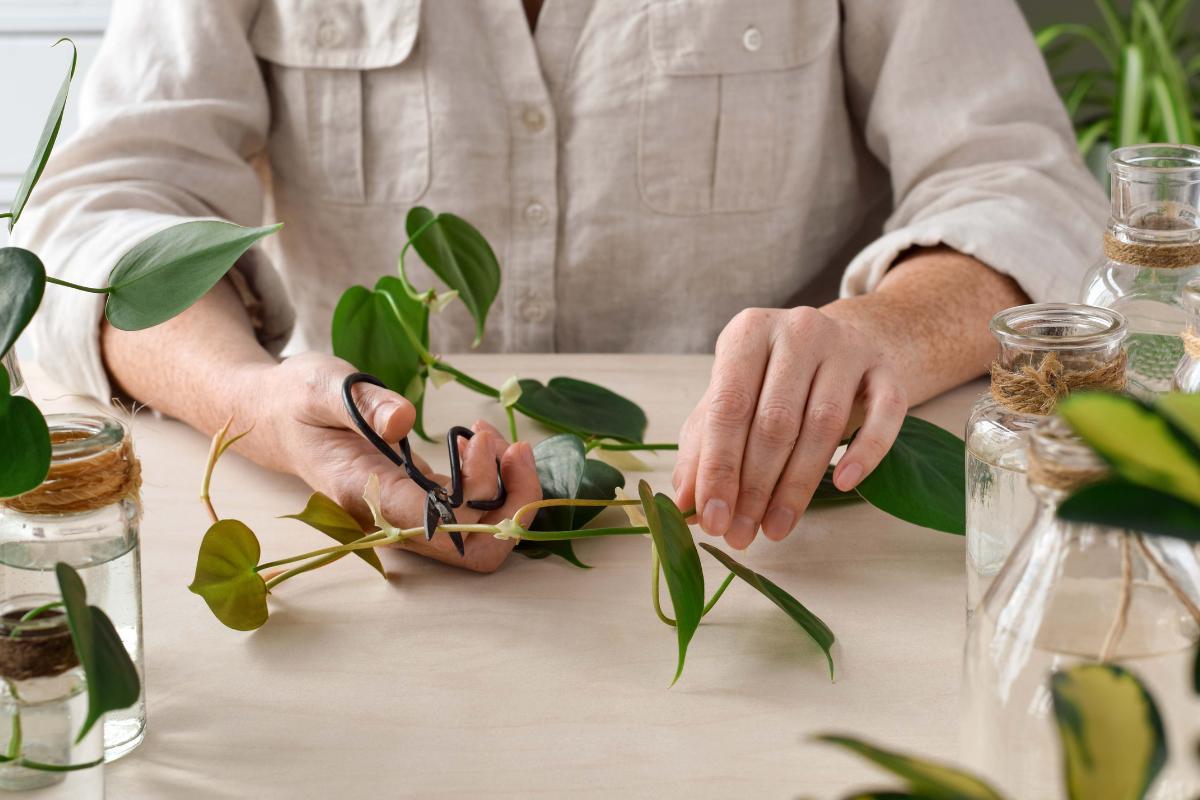Heartleaf Philodendron Plant Care Guide
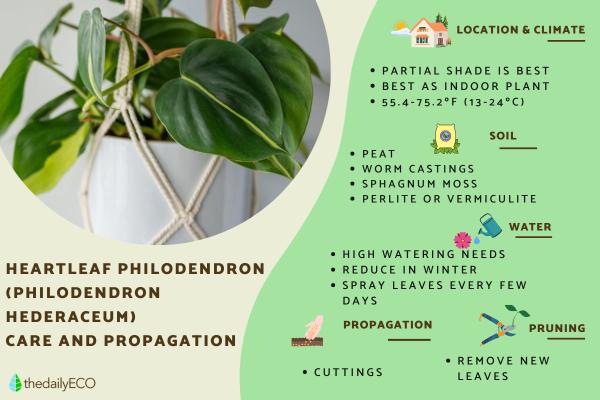
A type of climbing plant, heartleaf philodendron (Philodendron hederaceum) is a common houseplant prized for its large leaves which are shiny bright green in color. While it is a flowering plant, only mature plants in the right conditions will develop an inflorescence at home. While they are a relatively hardy plant, they will need the right care to survive. This means providing partial shade, a substrate that retains moisture and regular watering, among other care factors. It can also be listed under the taxonomic name Philodendron scandens, but they are the same plant. thedailyECO explains what you need to consider if you want to grow this plant at home with our heartleaf philodendron plant care guide.
- Characteristics of the heartleaf philodendron plant
- Light, temperature and location for heartleaf philodendron
- Soil and fertilizer for heartleaf philodendron plants
- Watering the heartleaf philodendron plant
- Pruning heartleaf philodendron plants
- Heartleaf philodendron plant propagation
- Diseases and pests of heartleaf philodendron plants
Characteristics of the heartleaf philodendron plant
To help us know how to care for this plant, we can look at the characteristics of the heartleaf philodendron:
- As a vine plant, it is known for its ability to climb. To do so properly, it will need a suitable support such as a trellis. It can also be supported by growing against a wall, but its aerial roots will dig in deep, so we need to be careful it does not cause structural damage. It also has underground roots, so it can be considered a semi-epiphytic plant.
- Its leaves are heart-shaped and grow up to 12" (30 cm) in length. The plant itself can reach 13 ft (4 m) if left to grow. It produces vine-like stems from which the leaves hang.
- It has the ability to extract toxins such as formaldehyde from the environment, making it a great addition for interiors.
- Be careful not to leave it within reach of pets. It contains oxalate crystals which are toxic to animals. It is also recommended to handle it with gloves and long sleeves to avoid skin irritation.
- It is quite resistant and can live for a very long time with the right care.
Learn about other types of philodendron plants with our related guide.

Light, temperature and location for heartleaf philodendron
As this is a plant which requires partial shade, the heartleaf philodendron makes a great indoor plant. They tolerate low light very well, so you can give them low to moderate light. They do not tolerate direct light, as the leaves will begin to dry out and curl if they are exposed to the sun for too long.
In winter, light naturally decreases during the day. We recommend moving the pot to a window where it receives the most light so it doesn't suffer from a change of season. It should also be protected from temperatures below 55.4ºF (13ºC) to prevent death. The temperature should be between 55.4-75.2ºF (13-24ºC), with an ideal temperature of 18°C. This is because the heartleaf philodendron is native to tropical rainforests.
We provide more options if you want to choose the best partial shade plants for your home.
Soil and fertilizer for heartleaf philodendron plants
Ensuring your plant your heartleaf philodendron in the right substrate can make the difference between the plant thriving or not:
- The ideal substrate for this plant is one that provides excellent drainage of excess water, while still providing moisture retention for easy maintenance. You can prepare a mixture at home with two parts peat, one part worm castings and one part sphagnum moss to ensure the right level of moisture retention. A handful of perlite will help give structure to the soil and drain excess water.
- To provide better distribution of water and nutrients when using a support, you can cover it with sphagnum moss either by making it at home or by purchasing one ready-made from specialist gardening stores.
- To boost growth, you can fertilize with universal liquid fertilizer once a month during spring and summer.
- Not only can you grow heartleaf philodendron in soil, but you can also grow the climbing philodendron in water. To do this, simply wash the roots thoroughly to remove any soil and place it in a jar of water. Make sure to change the water regularly to prevent algae growth and remove any leaves that could cause rot. If you notice the leaves starting to turn yellow, you'll need to purchase a hydroponic solution to replenish nutrients.

Watering the heartleaf philodendron plant
They require high amounts of watering, relative to other houseplants. This is also related to its origins in tropical rainforests. You will need to ensure the first layer of substrate is permanently moist, without being waterlogged. To ensure this, wait until the first layer (about one inch of topsoil) dries to avoid overwatering. Watering is more frequent in spring and summer, while it is more spaced out in autumn and winter.
It needs high humidity, so it is recommended to spray the leaves with water regularly to add moisture to the environment. You can do this by filling a diffuser bottle with clean water. You should also keep it away from heating devices or dehumidifiers which can also dry it out.
Pruning heartleaf philodendron plants
Some people prefer to grow the philodendron as a shrub rather than a trailing vine. If this is the case, it is recommended to prune the new leaves that appear to keep them within the margins. Check out our guide to the different types of pruning techniques to ensure you are doing this properly.
Heartleaf philodendron plant propagation
Thanks to the aerial roots it produces, it is easy to reproduce by cuttings. To propagate heartleaf philodendron, use the following guide:
- Find a stem with at least three leaves, since your chances of success with the more leaves you have. It should also be healthy, with no signs of neglect, pests, or disease. This stem should also have nodes or aerial roots, which are brown, globular structures.
- Cut with well-washed and disinfected pruning shears and place the stem in a jar of water.
- You'll see that after a few weeks it already has roots developing. This is the point which will be the time to transplant it into well-prepared soil.
- Water thoroughly for the first week to stabilize its growth.
Learn more about reproducing new plants with our article on peacock plant care and propagation.
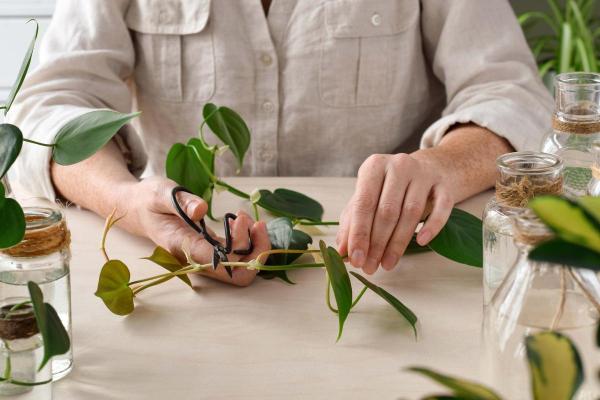
Diseases and pests of heartleaf philodendron plants
The heartleaf philodendron (Philodendron Hederaceum) is rarely affected by diseases because it is very resistant. Most of its ailments are caused by irregular watering. Some of the symptoms of disease in this plant include:
- Yellow leaves: when they appear in spring, it is due to a lack of humidity in the environment. It can also be a result of too much sun if they are burning.
- Loose leaves: due to excess water. Root rot is also likely for this reason.
- Spider mite: one of the opportunistic pests of Philodendron Hederaceum that takes advantage of poor conditions is this sap-sucking mite. It thrives in dry conditions, so be sure to water it well to prevent it from establishing itself.
Discover how to take care of another type of philodendron with our xanadu plant care and propagation guide.
If you want to read similar articles to Heartleaf Philodendron Plant Care Guide, we recommend you visit our Plant care and cultivation category.





